Sanaathana Saaradaa —4 : The Significance, Need and the Code & Custom of Worship or Puja in our culture
04–08–2017, Friday.
SANAATANA SAARADAA—4.
The Significance, Need and the Code & Custom of Worship or Puja in our culture:–Until the advent of Einsteinian Physics, the fourth dimension of space-time inseparability, remained unknown to human experience. But, to the Sages of Sanaatana Dharma, the fourth dimensional human state of metaphysical experience is thoroughly well-known through their intense spiritual endeavours. So, they could enunciate the four states of our existence as under:
2. Dream–state (in which the four internal subtle organs, mind, intellect, ego, memory- chamber or recording section only are active.)
3. Deep sleep state(in which the memory chamber or Chittam only is active).
All the above three states are well within the scope of day-to-day experience of all humans whether they are totally worldly or otherwise.
Then, the fourth and final one,
4. The “Tureeyaa” state can be experienced by the fully accomplished spiritual seekers only. In this state, all the above fourteen components(5 action-organs + 5 sense-organs + 4 inner subtle organs) are fully dormant. Only the “Jeeva” who owns these 14 items is awake. He qualifies himself to attaining to this stage from one of the various paths of different yogas such as Bhakti, Jnana, Karma, Raja and so on. Of all these, Bhakti is considered to be the most democratic, as this yoga enjoys easy practical applicability and as such best universal accessibility. Again, Bhakti yoga is of several branches, mainly Paraa Bhakti and Aparaa or Gouna or Vaidhi Bhakti.
The kind of Bhakti that is being practised by common people like me is called Gouna Bhakti. This kind of worship is going to be discussed here.
In any form of human endeavour and achievement, constant training and relentless effort are inevitable whether the area of endeavour is concrete or abstract or mixed in one proportion or the other. We know this clearly. When it comes to spirituality, it is all the more indispensable in its edifying content and inalienable in its illuminating quality.
One’s chosen Deity’s name, form, qualities and splendours (Naama, Roopa, Guna & Leelaa vaibhavaas) are the choicest pursuits of an ideal devotee of God/Goddess. He revels in them so over-whelmingly that nothing else can in any manner be able to substitute them. Such a state of mind earns a rare virtue that cleanses the inner world of the devotee to make him eligible to obtain the Grace of his Beloved Deity.
The inherent secret here is that the very same attachment or love that binds an ordinary man when he invests such emotion in worldly things, frees the devotee of the God as he dedicates that to Him. Here love is the same. But towards whom or which it is directed is the deciding factor. If it is directed towards ever-changing or perishable object, it binds us. If it is dedicated to the immutable and eternal Substance called God, then it acquires the pure quality of immutability and imperishability thereby imparting such glorious character to the inner being of the devotee. This is what that exactly happened in the Pious Lives of the Great Devotees of God recorded in the Hagiography(Bhakta Vijayam stories) of various religions and cultures.
(Remaining part is to be concluded in the next-week write-up)
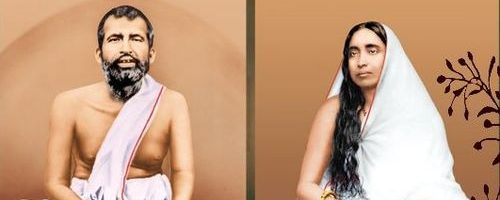
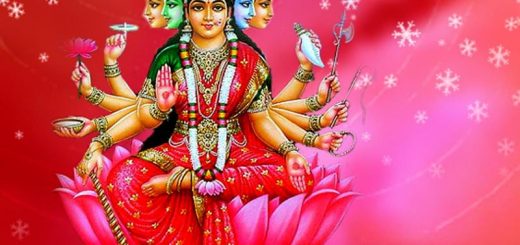
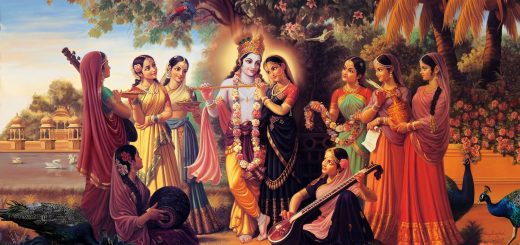
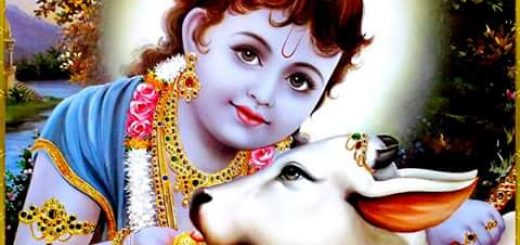


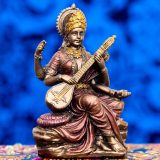

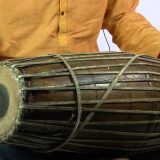





Very good iinformation.
Beautiful and simple explanation. I read this again and again.
I come up to this article repeatedly – reminds me to invest my time and thought wisely.
Also,can you please elaborate on performing the daily rituals like pooja – either panch apooja or shodasopachara pooja? If there is a time and place constraint to perform the pooja is it alright to light the deepam and dhoopam – the least that can be done? What’s the right thing to do as a daily ritual for employed householders?